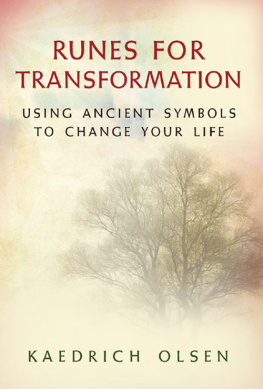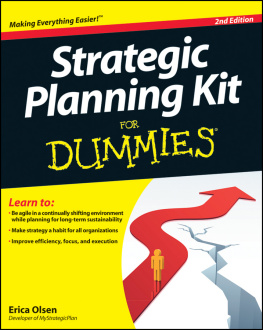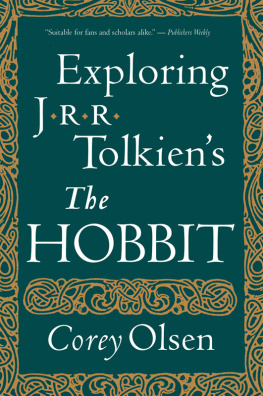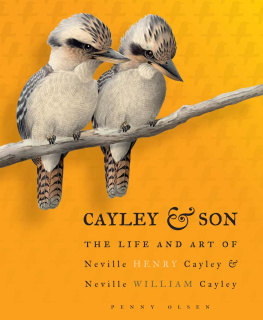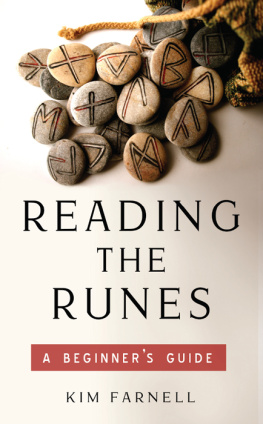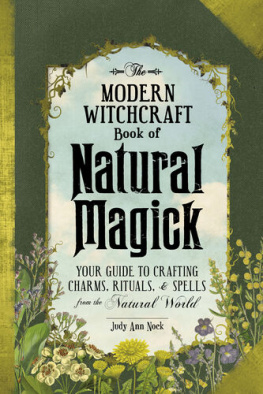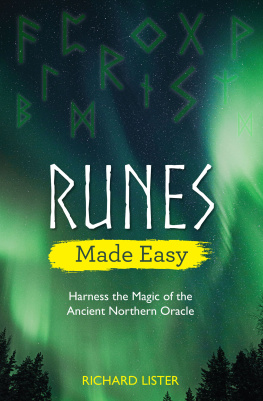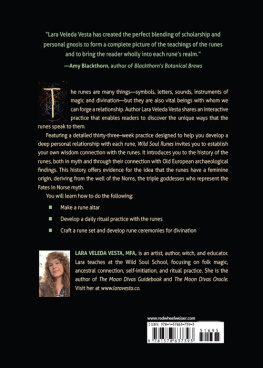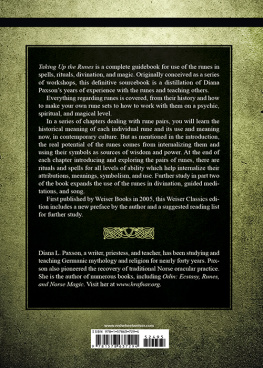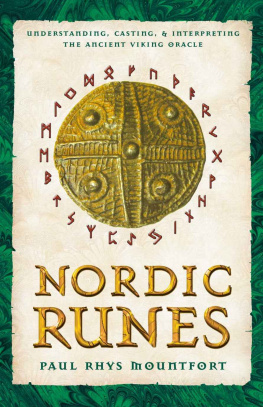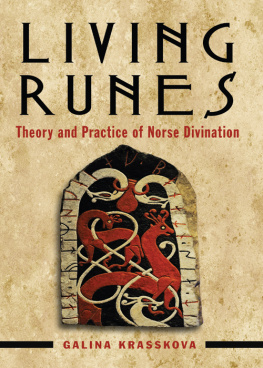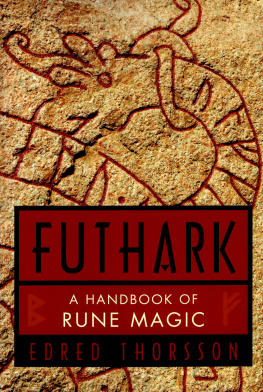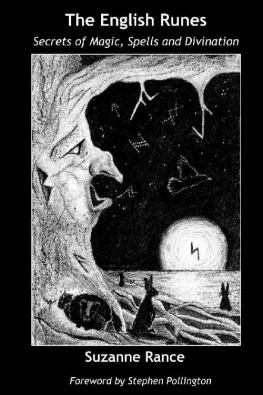
Hail to the Whisperers
First published in 2008 by
Red Wheel/Weiser, LLC
With offices at:
500 Third Street, Suite 230
San Francisco, CA 94107
www.redwheelweiser.com
Copyright 2008 by Kaedrich Olsen.
All rights reserved. No part of this publication may be reproduced or transmitted
in any form or by any means, electronic or mechanical, including photocopying,
recording, or by any information storage and retrieval system, without permission
in writing from Red Wheel/Weiser, LLC. Reviewers may quote brief passages.
ISBN: 978-1-57863-425-5
Library of Congress Cataloging-in-Publication Data is available on request.
Cover design by Maija Tollefson
Text design by Kathryn Sky-Peck
Typeset in Sabon
Cover photograph Peter Zelei/istockPhoto.com
Printed in Canada
TCP
10 9 8 7 6 5 4 3 2 1
The paper used in this publication meets the minimum requirements of the
American National Standard for Information SciencesPermanence of Paper
for Printed Library Materials Z39.48-1992 (R1997).
CONTENTS
INTRODUCTION
T hese days, as you peruse the stores for books on runes, you may notice the titles all fall into two major categories. The first covers the purely educational texts used in collegiate studies. These scholarly books, written by people who worked to get their advanced degrees in Germanic and Scandinavian studies, are very good sources on the historical and literary uses of runes.
The other type of rune books can be found in the New Age section. These books have a portion dedicated to the scholarly study of the runes, then they tend to focus heavily on the divinatory use of runes. Runes, used as a spiritual tool, are excellent for divination. I have used them in this capacity since the mid-1980s, and I have developed my own style of runic divination, as have many others. Divination is all part of the foundation for the recovery of rune wisdom. There are also a few rune books that excel in providing information outside of the divination spectrum; they cover such aspects as runic magic and shamanic arts.
It is good that we have this range of material available today. It means that a great foundation has been laid for the full recovery of the wisdom of the runes.
In Northern Europe, runes were used for many purposes. Their primary purpose was for written communication, and in this capacity, they have been taken nearly all over the world. Outside of communication, runes were mainly used as transformative tools. This transformation could be anything from healing to victory in battle. Although rune literature contains only scant few and vague references to the divinatory use of runes, there are numerous references to the runes being used for transformation purposes.
This wisdom was passed down to us through the ages within the very words and values we use today. The modern English language today is a distant relative of the runic language spoken over a thousand years ago. The people who spoke this language lived in the lands of Iceland, Norway, Sweden, and Denmark, and many of the beliefs, customs, and ideologies that they used are still alive and well within us today.
Runes are a sacred alphabet similar to Sanskrit and Hebrew. Although many of the ancient Norse techniques for using runes did not pass down to us, we can effectively compare them to the practices found in these other spiritual language systems. For example, sacred Hebrew songs, Hindu mantras, and rune songs all have very similar functions. In fact, I believe that a deep study of the runes and their history would not be complete without a comparative analysis to the Hindu, Tibetan, and Jewish beliefs and practices. All of these individual cultures seem to have come from a common root. Even though they use different words and have varying techniques, the messages and results are the same. This congruity is an indication, to me, that humanity does indeed stem from a single source. There must be some sort of a root that can be tapped into for the transformative effect. The subsequent processes are the results of various languages and cultures translating that root into forms they easily understand.
A Brief Note on Translations
I do not claim to be an expert on ancient Scandinavian languages. I have had no formal training on the subject. But through my years of studying the runes and the ancient lore, I have amassed a fair amount of knowledge of Old Norse language. For this reason, I feel comfortable in presenting my own translations.
In this book you will find various passages from The Poetic Edda and The Prose Edda. It is with the diligent efforts of the experts that I was able to achieve my translations. I tip my hat to Richard Cleasby and Gudbrand Vigfusson for their Icelandic-English Dictionary of Old Icelandic and to Geir T. Zoga for his Concise Dictionary of Old Norse. These books helped me to fill in the gaps I faced with the language.
In the section to come on runes, I refer to three ancient rune poems. This is to offer the different perspectives the ancients had to the same runic energy. The translations of these poems are not my efforts. Rather, I deferred to Bruce Dickins's great work of 1915, Runic and Heroic Poems of the Old Teutonic Peoples. The rune poems presented are taken from this book.
Runic Techniques for Transformation
The time has come to bring the deeper workings of runes into the modern world. It is time to update the transformative processes and make them accessible to a greater number of people. This book is the first step in that direction.
Since I was sixteen years old, I have studied the runes. I have delved deep into the lore, history, and evolution of the rune. Part of my understanding of the runes came from the teachings of the Rune Guild. I also have had many years of successfully reading and teaching runes in a professional capacity, and a fair amount of this time was spent teaching their transformative effects. From these experiences, I have developed effective systems and processes for working with runic energies. These techniques have produced dramatically powerful results. In fact, many of the techniques that I teach helped me to put this book together. I used them to open myself to receive inspiration. The runes helped me to find the right words and maintain a solid flow of these words. It was the runes that lead me to find Red Wheel/Weiser to publish with.
What you will find in this book is an amalgam of ancient runic wisdom and modern transformative techniques, including hypnotherapy, affirmations, neurolinguistic programming (NLP), visualizations, and meditation. (The book also includes a bit of sociology, so you can understand the social perceptions involved with the collective unconscious.) These techniques are what I have learned and taught as I ran a transpersonal hypnotherapy practice. We will explore just a few of them and how they directly apply to rune wisdom.
Not all of the techniques are authentic or historically accurate. There are a lot of holes in the literature on the practice of runes, partially due to the ravages of time and partially due to the coming of Christianity and its attempts to stamp out the practices. In order to make all of these techniques effective, some of these historical holes are filled in with comparative techniques from other traditions. The remaining holes were filled in with my own personal experiences. I see no problem with applying my own work to the runes, because everything that is written down and taken as doctrine by any religion or spiritual system was once someone's personal gnosis.
Next page
